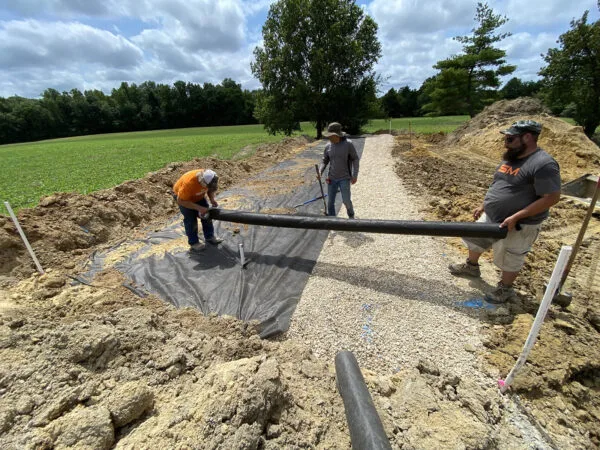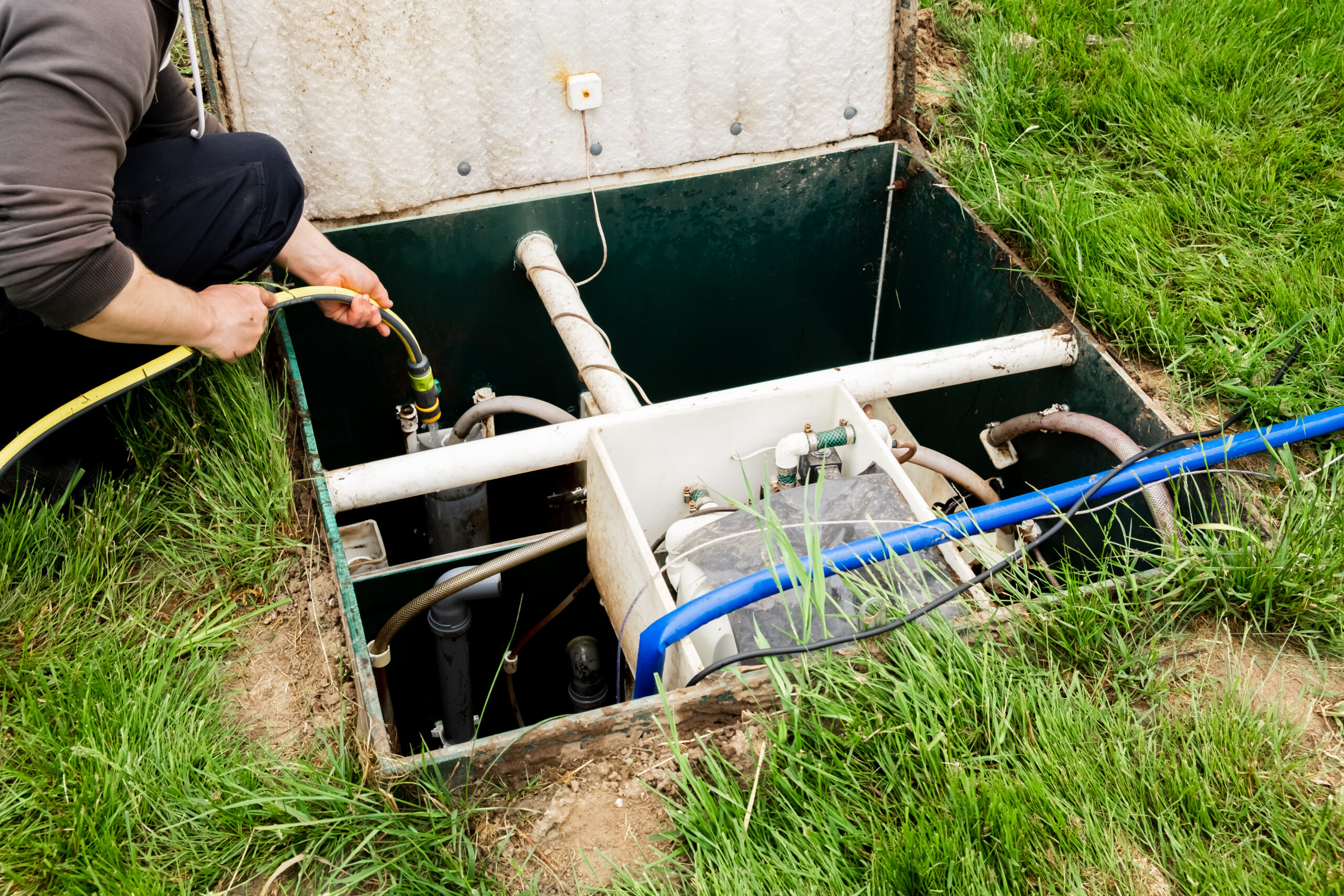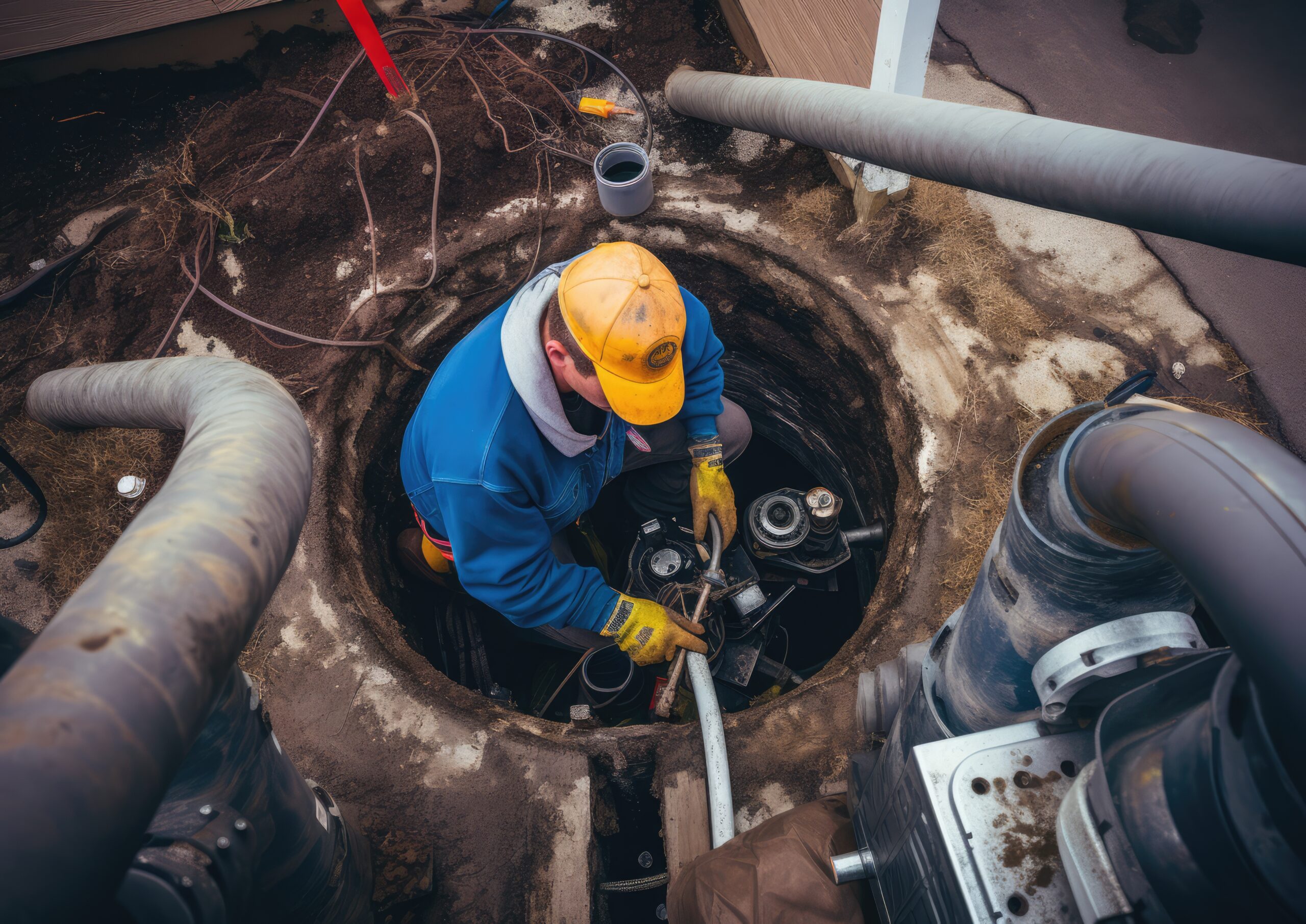Planting and landscaping around septic tanks and drain fields requires careful planning because the wrong choices can damage your system.
Why Landscaping Choices Matter for Septic Systems
Homeowners often underestimate the impact of planting and landscaping around septic tanks and drain fields when designing their yards. Deep-rooted trees or shrubs can invade pipes, causing cracks, clogs, and costly failures that threaten your household wastewater system. Landscaping choices directly influence soil absorption, which is essential for maintaining natural filtration in drainage fields after wastewater treatment. When landscaping is done correctly, it not only beautifies your property but also supports septic efficiency and environmental protection.
Companies like Septic Masters often educate homeowners about safe practices that combine attractive landscaping with long-lasting septic performance..
Safe Plants for Septic Tank Areas
The safest plants for planting and landscaping around septic tanks and drainage fields include shallow-rooted grass, perennials, and ground covers. Grasses are excellent because their shallow roots stabilize soil, prevent erosion, and avoid interference with underground septic components. Low-growing perennials like hostas, daylilies, and black-eyed Susans provide greenery while staying safe for septic drainage fields. Ground covers such as clover or creeping thyme protect exposed soil, reduce erosion, and require less maintenance compared to other landscaping plants. Avoid trees like willows, poplars, or maples because their aggressive roots can travel long distances and damage septic infrastructure underground.
Best Practices for Landscaping Around Drain Fields
Successful planting and landscaping around septic tanks and drainage fields depends on preventing root intrusion and maintaining system accessibility. Keep shrubs and trees planted at least 20 feet away from your drain field to avoid long-term system blockages. Choose shallow-rooted plants that thrive in well-drained soil, since drainage fields typically release treated wastewater into surrounding soil layers. Avoid heavy mulch or rock beds directly above the system because they compact the soil and limit wastewater absorption into natural filtration layers. Homeowners should maintain open space above septic tanks for easy inspection, pumping, and repairs without disrupting landscaped areas.
Mistakes to Avoid When Landscaping Near Septic Systems
Septic tank problems often begin silently, showing up as slow drains, foul odors, or soggy areas near the drain field. Many homeowners mistakenly install vegetable gardens over drainage fields, risking food contamination from untreated wastewater beneath the soil. Using deep-rooted hedges or ornamental trees near septic tanks often results in cracked pipes, clogged systems, and expensive maintenance bills. Building patios, decks, or driveways above septic tanks and drain fields damages soil absorption and restricts wastewater treatment processes. Overwatering landscaped areas near drainage fields saturates the soil, preventing proper filtration and increasing the chances of untreated sewage backups. Ignoring proper planting and landscaping around septic tanks and drain fields often leads to costly system failures and environmental pollution.
Maintaining Landscaping for Long-Term Septic Health
Maintaining landscaping around septic tanks and drainage fields requires regular observation to ensure plants remain safe and non-invasive. Trimming or removing invasive growth prevents roots from creeping into system components, protecting both the tank and drain field. Seasonal inspection of landscaped areas helps detect pooling water, root intrusion, or soil erosion before major septic issues arise. Working with professionals like Septic Masters provides peace of mind since they recommend landscaping choices tailored to your property’s unique conditions. Smart landscaping ensures a beautiful yard while protecting your investment in a functioning, efficient, and environmentally safe septic system.
Smart Septic Tank Landscaping Ideas for a Healthy Yard
Septic tank landscaping ideas often involves combining functionality with aesthetics, ensuring your system works efficiently while your yard looks appealing. Choosing shallow-rooted plants, ornamental grasses, or ground covers helps prevent root intrusion that can damage tanks and drain fields. Avoid planting large trees or deep-rooted shrubs near the system, as they can clog pipes and cause costly repairs. Using mulch, decorative stones, or raised flower beds around the area can enhance visual appeal while protecting the soil from erosion. Proper septic tank landscaping ideas not only improve curb appeal but also maintain system longevity and safeguard your home’s environment.
Conclusion
Planting and landscaping around septic tanks and drainage fields combines beauty with responsibility when guided by safe choices and practices. By selecting shallow-rooted plants, avoiding harmful landscaping mistakes, and maintaining regular care, homeowners protect both property and environment. Safe landscaping practices help your septic system function smoothly, reducing costly repairs and ensuring long-lasting protection for groundwater sources. Whether beautifying your yard or planning new designs, always prioritize septic safety through mindful planting and landscaping around septic tanks and drainage fields.
Transform your yard while protecting your septic system—explore safe septic tank landscaping ideas with guidance from Septic Masters today!”




